READY TO GET STARTED?
REQUEST A FREE ESTIMATE
Fill out the form below or call (888) 466-7849 for a free, no-obligation estimate.
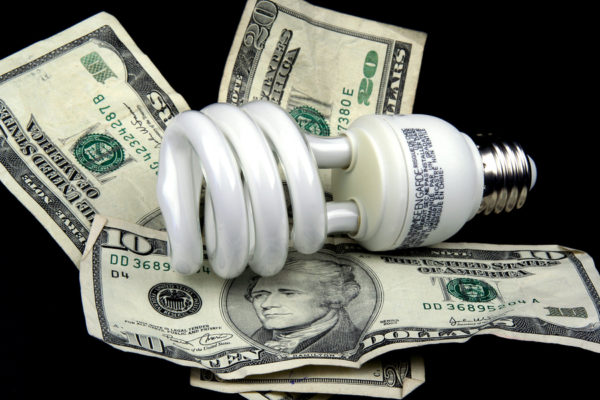
Even though the calendar says September, the thermometer still reads summer! Summer is the time of year when we see a surge in our energy costs and utility bills. As the temperatures increase outside, we spend more time inside. Kids are home from school all day running the air conditioner, using electronics and appliances, and leaving the lights on. There is also a bigger gap between the temperature outside and the temperature inside our homes – causing our air conditioning units to work harder to keep our homes cool. Summer is also a time to utilize swimming pools to have fun and cool off. Electric pool pumps, however, use a lot of energy. In fact, they can add an average of $80-90 per month to your energy bill if they run 24 hours a day. As the demand for energy increases and the supply of energy decreases, the market price of energy will inevitably go up. This helps explain why our energy bills are so high in the summer months.
So what can you do to help stay ahead of this surge in energy costs? Two options available are TAP insulation and Complete Crawlspace Enclosure.
TAP or thermal acoustical pest control insulation can help protect your home and your wallet from those increasing summer energy bills. TAP insulation:
Complete crawlspace is an enclosed crawlspace solution that includes high quality vapor liner, taped seams, sealed foundation vents, and mechanical drying. Complete Crawlspace provides you with:
Northwest wants to make sure your house is running as efficiently as possible. Click for your Free TAP Insulation estimate or your Free Complete Crawlspace estimate or by giving us a call.

Even though we’re well into the winter season, it’s never too late to weatherproof your home. These easy fixes will not only seal up your home and keep it nice and warm, they will also help save you some money on your energy bills this year. Check out these simple winter weatherproofing tips so you’ll be prepared just in case the groundhog DOES see his shadow this year!
Check your doors and windows to make sure they are in good repair. Insulate your doors and windows with weatherstripping. Use transparent weather sealant tape for any areas where the weatherstripping will be applied directly to the door or window. This tape can also be used to temporarily seal any cracked windows until you can permanently replace them. Use door sweeps on the bottoms of exterior doors to keep cold air from coming in. You can install them with nails or with adhesive.
Attics and crawlspaces are notoriously cold areas of your home. Thermal accoustical pest control (TAP) insulation is an energy star rated attic insulation that provides several benefits to your home. TAP eases the burden on your heating and cooling systems, making them more efficient and keeping the temperature in your home more consistent throughout the year. TAP also leads to a 20-38% savings on your energy bills AND protects your home against pests including roaches and ants. Finally, TAP is treated with a fire retardant that limits the spread of fire in your home.
Complete CrawlSpace enclosure is another way to weatherproof your home. Enclosing your crawlspace with Complete CrawlSpace increases energy efficiency, prevents mold growth, and completely closes off your crawlspace to pests. This can also save you up to 18% on your energy bills each year.
Most garages aren’t insulated which makes them very chilly spaces in the winter. Install weather sealing strips on the bottom of your garage door. These strips not only keep out cold air but also keep out rain and pests as well.
Outlets and switches on the exterior walls of your home can be a big source of cold air. One solution is to install foam outlet and switch sealers. These can be installed by simply turning off the power, removing the outlet or switch cover, applying the foam sealers, and reinstalling the covers.
Hardwood and tile floors can be especially cold in the winter. Curtains and rugs can make a big difference when it comes to heating your home. if you have drafty windows, hang some heavy curtains to keep the cold air out. Use area rugs on hardwood floors and in bathrooms with tile floors to help keep them warm.
Air conditioning units in walls and windows give a direct path for cold air into your home. One solution is to install a heavy duty polyethylene and vinyl cover that fits around the outside of the unit. You can also wrap the inside grill with plastic sheeting and double sided tape. Consider installing a programmable thermostat which will automate your interior temperature. This can save you up to $200 per year in heating and cooling costs.
Insulate your hot water heater with a water heater insulating blanket. This saves energy by reducing heat that is lost through the sides of the hot water heater by 25-40%. This reduction in heat loss can also lead to savings on your energy bills.
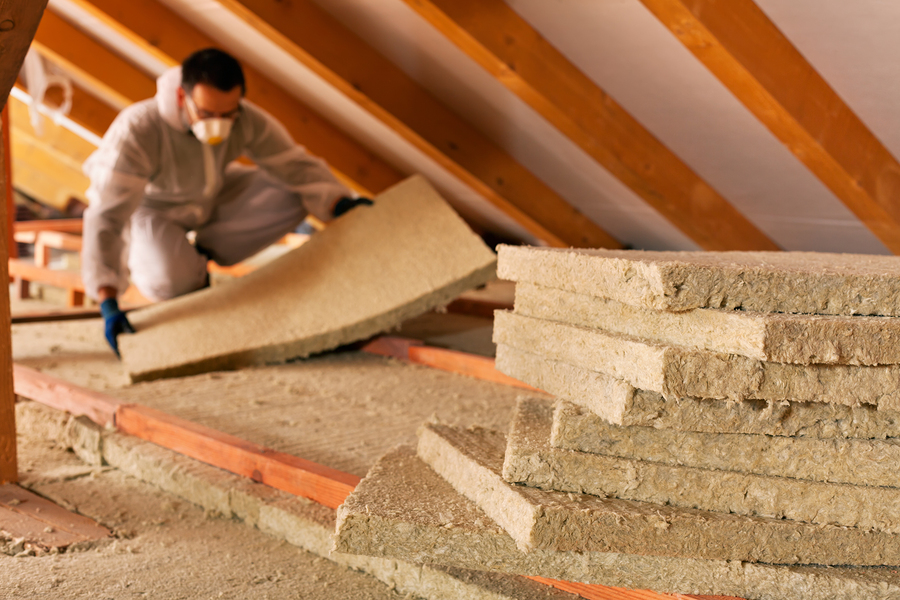
At Northwest Exterminating, part of our motto is “Customers First,” so we thought what better way to put the customer first than to equip you with some of the top attic insulators in the Atlanta area (not including ourselves, of course!). With the cold weather coming and the hot summer months only a short time away, it is best to consider your options sooner rather than later. See some of the businesses in the Atlanta area that could be great options for your next project:
Insulation can be the first step to saving money on your energy bills every month. There is a lot of information to consider when deciding to insulate your attic, but each of the websites above offer insight into what you may need! We also found a great resource through Energy Star, as you’ll want to confirm that the products used for your insulation are Energy Star rated.
One other item you may want to consider is having your home TAP insulated! For more information about TAP insulation and its wide array of benefits, check out a few helpful resources:
Don’t forget about other resources like Home Advisor, Angie’s List, Google Reviews and social media reviews to see what people are saying about the businesses you are considering! Try phrases like “TAP Insulation” or “attic insulation in Atlanta” in your search to find your perfect match in attic insulation.
Want to learn more about how Northwest Exterminating could help insulate your home AND rid of pests? Give us a call at (888) 466-7849 or click the button below!
Get More Information Here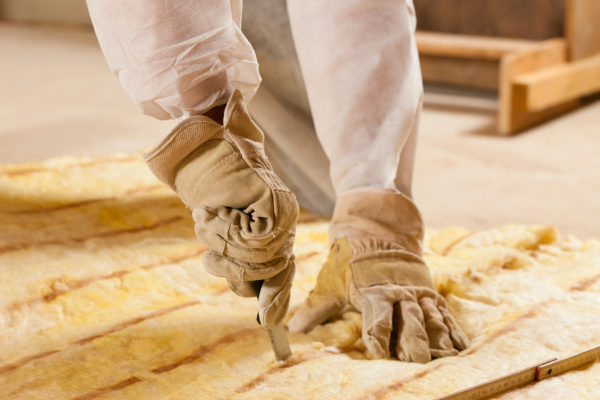
Have you ever wished you could keep your house warmer in the winter and cooler in the summer? Have you ever looked at your electricity bill and wished you could lower your payment? Have you wondered if there was something more you could do to keep pests out of your home? What if there was a product out there that could do all of these things and more? TAP (Thermal Acoustical Pest Control) insulation is energy star-rated attic insulation made of 87% recycled newsprint. TAP insulation all of the following benefits for your home:
TAP insulation is like a “blanket for your home.” The fibers in the insulation are dense enough to prevent air flow but still light enough that they can trap heat. This is especially beneficial during the winter months when the air flow from your home is the strongest and you need your insulation to work the best. This also allows you to keep more consistent temperatures in your home throughout all four seasons.
TAP insulation has small air pockets in its interconnected fibers that decrease the amount of sound that is transmitted from fiber to fiber. This decreases the amount of sound that flows through the ceiling, reducing the noise you hear from outside your home.
TAP insulation controls roaches, ants, and other pests. TAP fibers are treated with borate which then sticks to insects as they crawl through the insulation. Once the borate is ingested by the insect, it disrupts the pest’s digestive system and causes it to starve. Borates have a low toxicity for mammals which makes the risk minimal for humans and pets.
Studies show that TAP insulation can save you up to 30% on your annual energy bills. TAP reduces the air flow that leaves your house, helps keep your temperature consistent throughout the year, and makes your HVAC system run more efficiently, all helping to reduce the cost of your energy bills. The Department of Energy website has a calculator that can show you your potential savings on your current energy bill.
TAP insulation is treated with a fire retardant that helps to limit the spread of fire in your home.
TAP insulation is environmentally responsible as it is made from 87.5% post-consumer content and is also Energy Star rated. This not only saves landfill space but also helps conserve the energy used in your home, making it more green.
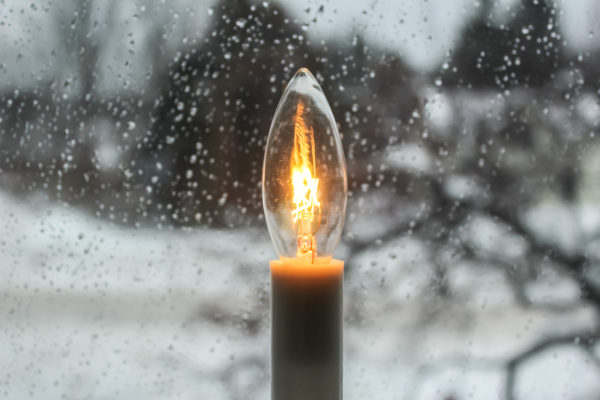
Although winter is still a few weeks away, it’s never too early to start preparing for cold weather. With cooler temps usually comes those dreaded high energy bills. Whether you’re looking to go greener at home or just save a little extra green in your wallet, there are lots of things you can do to save energy and cut down on the cost of your home energy bills. Check out these 13 tips to not only save energy, but save money and stay comfortable in the cold winter weather.
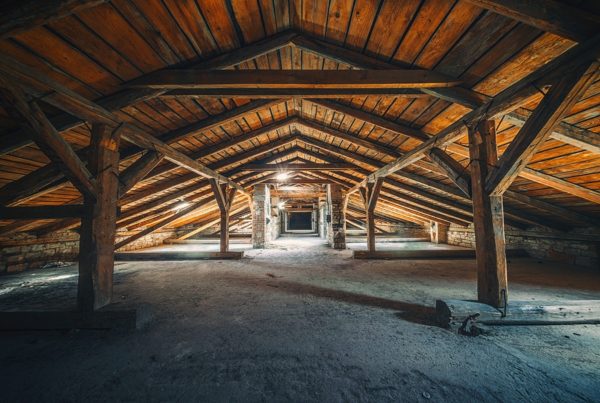
The leaves are changing colors and there’s a chill in the air. Finally! A break from the heat. And while most of us are looking forward to the cooler weather, the change in temperature also means changes in your home. As the weather cools off, it becomes more difficult to regulate your household temperature. And as your heating and cooling system works harder to control the temperature, the increased usage translates into increased utility bills. The is also prime time for wildlife and pests to seek shelter and food inside your home!
Thermal Accoustical Pest Control insulation (TAP) is energy star-rated attic insulation made of 87% recycled newsprint. TAP insulation helps regulate the temperature in your home by keeping them consistent throughout all four seasons of the year. For example, TAP keeps warm air inside and cold air outside during the winter months. By reducing the energy needed to heat and cool your home, utility bills costs can be lowered by up to 30%!
As an added bonus, TAP is treated with borates – a natural pest control product, providing permanent pest protection against roaches, ants and other unwelcome pests in your home. TAP insulation is also treated with a flame retardant that helps limit the spread of fire.
Install TAP insulation in your attic to get these benefits, not only this winter but throughout the rest of the year:
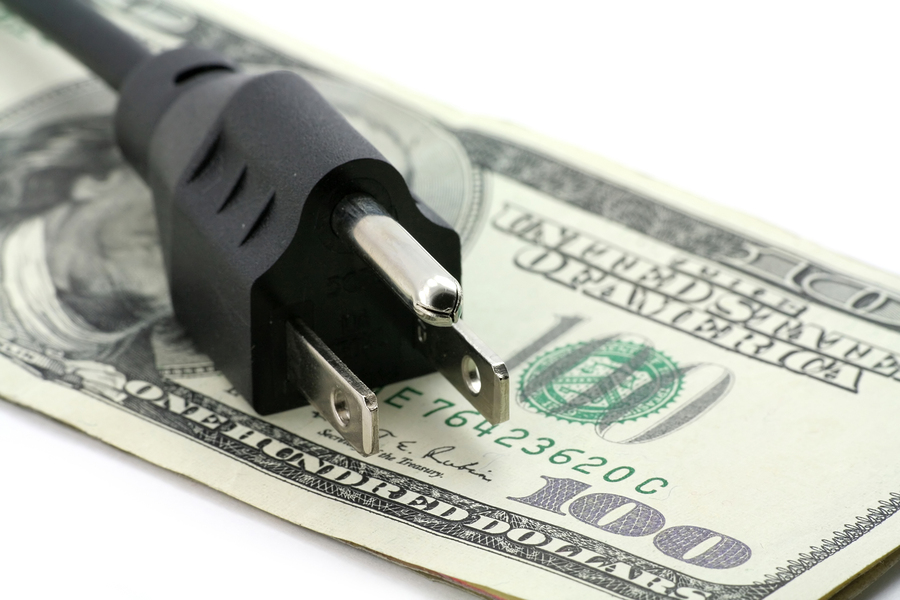
Your electric bills are probably at an all-time high right now. It’s hot, the A/C is running all day, and energy costs are on the rise. Here are a few tips on how to save some money this summer and in the upcoming winter months, by lowering utility bills and improving energy efficiency, making your home more comfortable:
Most homes don’t have enough insulation. Adding insulation to your home provides an immediate return on your investment by reducing the amount of energy needed to heat and cool your home. Some products, like TAP Insulation, can even lower utility bills by up to 30% and has the added benefit of pest protection!
Keeping cool air in during the summer and warm air during the winter increases the efficiency of your HVAC system and makes your home more comfortable (and keeps pests out!). Check around doors and windows for gaps and install weatherstripping to correct any issues.
Using less light powered by electricity is an easy way to cut utility costs. Consider installing dimmer switches in the areas of your home you spend the most time, and turn the lights on a low setting to conserve energy.
While ceiling fans use electricity, the benefits of air circulation outweigh the electric usage. Run ceiling fans consistently to keep air distributed evenly throughout your home, making your HVAC system run more efficiently.
One of the best ways to increase energy efficiency is by completely closing off your crawlspace with a service like Complete CrawlSpace. This could save you up to 18% on utility bills and offers other home-healthy benefits like mold growth prevention and pest control.
While most of us love a lot of natural light coming into our homes, that sunlight heats up the house and makes HVAC systems work extra hard to keep it cool. During sunniest hours (12-4 ) keep curtains closed to cover windows or consider installing shutters, blinds or shades to help cut down on sunlight exposure.
A lot of people forget to change their filter regularly which increases utility costs. Change your filter out about every 30 days to keep your HVAC system running efficiently.
While this will cost more out of pocket initially, the long term savings on energy bills will be worth the investment. Energy Star-rated appliances perform more efficiently, using less energy to perform the same functions as your old appliances. And you can always upgrade one at a time to spread the cost out over time!
When washing clothes or other laundry, use cold water cycles when possible and only wash full loads. If you’re using the dryer, make sure you clean the lint trap after every load; this maximizes your dryer’s efficiency so it doesn’t have to work as hard or long to dry laundry. It’s also a good idea to scrub the lint trap with soap water once every month or so to remove lint build-up. For even more energy savings, take advantage of the warm air outside and line dry your laundry instead of running the dryer.
Electronics in your home are using power (and increasing your utility bills!) even when they’re not being used. To avoid this, replace power strips with surge protectors that automatically turn off power to electronics or devices not in use.
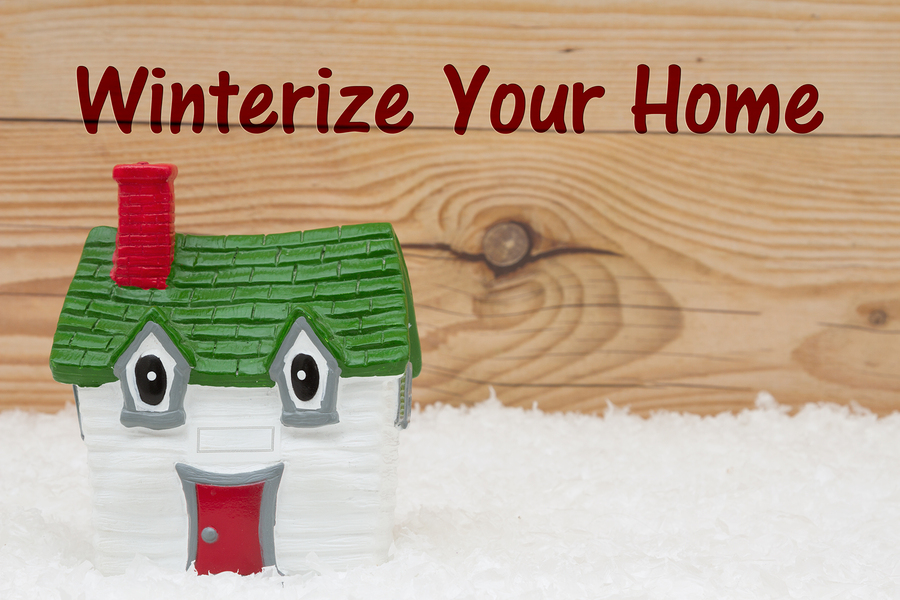
Winter can be harsh on our homes and our wallets. It can be a struggle to keep warm air inside, making us cold and driving heating costs up. But you don’t have to be cold OR empty your pockets this winter with these home winterization tips.
Keeping your heating and air system maintained with regular HVAC tune-ups will ensure your unit is running at maximum efficiency, making your home warmer and your bills lower. Regular maintenance will also extend the life of your HVAC system! This includes cleaning and/or replacing filters, checking thermostats, and checking/cleaning heating system components, all of which are usually included in an HVAC tune-up done by a heating and air company.
Most homes don’t have enough insulation which is needed to help your HVAC system run more efficiently, keep cold air out, warm air in, resulting in lower utility bills. Call an insulation company – most offer free inspections – to check your home’s insulation levels. Then you can decide what and where you need additional insulation and what kind will work best for your home. Consider a blown-in option, like TAP Insulation, which has the added benefit of permanent pest control.
Set your water heater’s temperature to 120 degrees or lower. This will save up to 10% on monthly water heating costs without you having to give up hot showers.
Don’t pay for unused heat by forgetting to lower the thermostat before you leave the house. To make this easy, consider installing a programmable thermostat.
Sealing gaps around your home is one of the easiest ways to keep warm air in, cold air out, prevent pests, and save money. Check around windows, doors, chimneys, and pipes for openings, gaps, and cracks, and repair as needed. For added protection, consider installing storm windows and doors.
Lower water heating costs and prevent pipes from freezing by insulating them. Check your local home improvement store for insulation options; most are easy to install yourself.

Winter can be harsh on our homes and our wallets. It can be a struggle to keep warm air inside, making us cold and driving heating costs up. But you don’t have to be cold OR empty your pockets this winter with these home winterization tips.
Keeping your heating and air system maintained with regular HVAC tune-ups will ensure your unit is running at maximum efficiency, making your home warmer and your bills lower. Regular maintenance will also extend the life of your HVAC system! This includes cleaning and/or replacing filters, checking thermostats, and checking/cleaning heating system components, all of which are usually included in an HVAC tune-up done by a heating and air company.
Most homes don’t have enough insulation which is needed to help your HVAC system run more efficiently, keep cold air out, warm air in, resulting in lower utility bills. Call an insulation company – most offer free inspections – to check your home’s insulation levels. Then you can decide what and where you need additional insulation and what kind will work best for your home. Consider a blown-in option, like TAP Insulation, which has the added benefit of permanent pest control.
Set your water heater’s temperature to 120 degrees or lower. This will save up to 10% on monthly water heating costs without you having to give up hot showers.
Don’t pay for unused heat by forgetting to lower the thermostat before you leave the house. To make this easy, consider installing a programmable thermostat.
Sealing gaps around your home is one of the easiest ways to keep warm air in, cold air out, prevent pests, and save money. Check around windows, doors, chimneys, and pipes for openings, gaps, and cracks, and repair as needed. For added protection, consider installing storm windows and doors.
Lower water heating costs and prevent pipes from freezing by insulating them. Check your local home improvement store for insulation options; most are easy to install yourself.